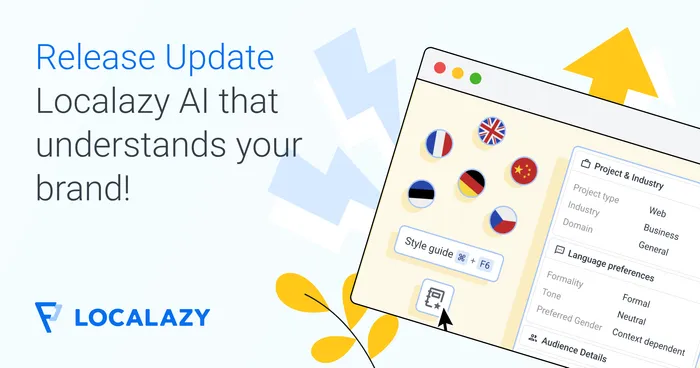Context
Information about where and how a string is used that helps translators, MT engines, and LLMs produce accurate and meaningful translations.
Context refers to the background information that helps translators and language models understand how a word or phrase is meant to be used. In localization, context is essential for producing accurate, culturally appropriate, and functionally correct translations.
Context can be linguistic (how words relate to each other), situational (how and where the content appears), or cultural (what makes sense to a specific audience). Without context, translations can become vague, misleading, or even unusable.
In software localization, context is especially important as one word can have multiple meanings depending on where it appears. For example, “file” might refer to a document, a menu action, or a system folder. Clear context (like screenshots, character limits, feature descriptions, or UI behavior) helps translators pick the right meaning.
🔍 Key points about context: #️⃣
- Localization context comes in the form of style guides, glossaries, screenshots, comments, and more.
- It helps translators choose the right words, tone, and format.
- Prevents mistranslations, layout issues, or functionality errors.
- In tools like Figma or CAT platforms, context is often provided through visual previews, comments, or string metadata.
🌐 The importance of context for MT and AI-powered translation #️⃣
Context has been and it will always be necessary to produce high-quality translations, and this is becoming even more important when using machine translations or other forms of automated translation. Whether it’s a simple pop-up, a mobile app screen, or an automated chatbot reply, the right context helps translators and machines produce meaningful translations.
Localazy’s Style guides make context management much easier. Coupled with features like screenshots and comments, human translators and AI engines get the clarity they need to deliver accurate results
